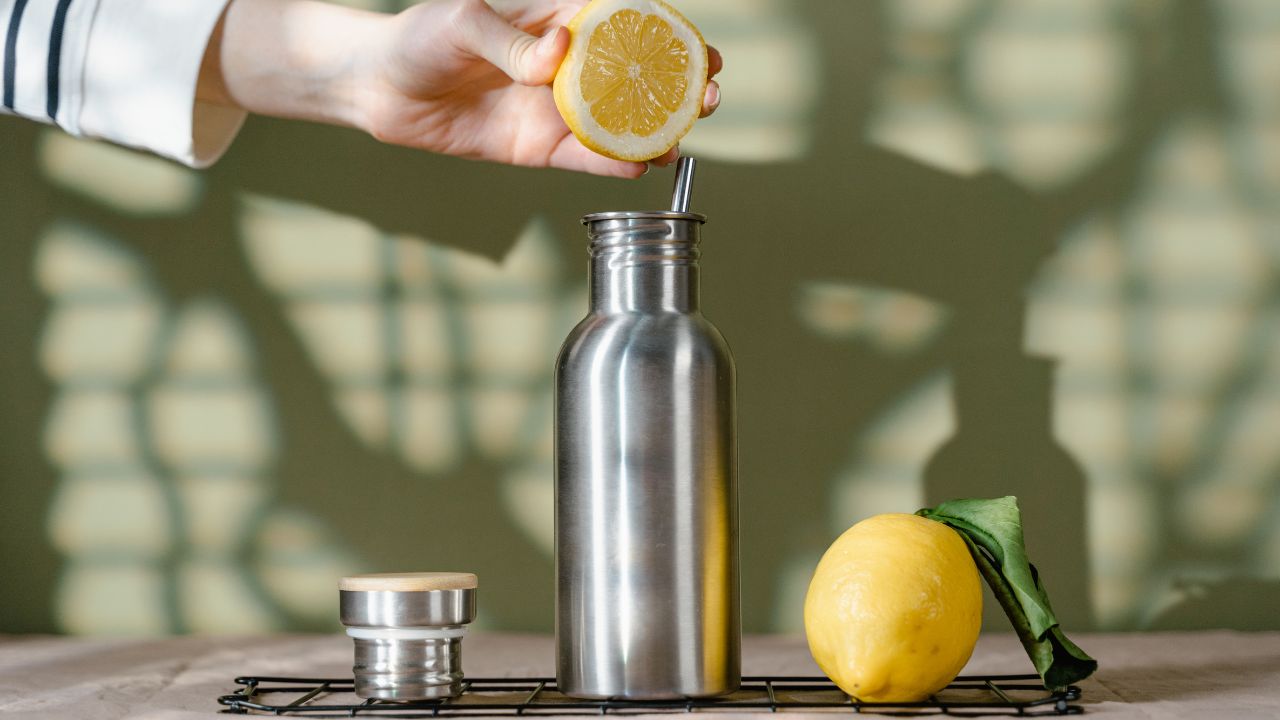Within the continually increasing market of hydration products, wholesale stainless steel water bottles have turned into an absolute favorite among shoppers, stores, and callings. Stainless steel has been the best choice of material, going as far as environmental awareness, durability, and safety. There are numerous choices one has, e.g., plastic, glass, or aluminum, but stainless steel still finishes first on the performance and popularity scale. It is not only a fashion, it is a norm. This is why stainless steel has been regarded as the gold standard when it comes to water bottles.
Long, Durable, and Strong
Stainless steel water bottles have one of the distinct features in that they are not surpassed in terms of durability. Stainless steel weathered wear and tear, unlike glass bottles that easily broke, in a manner that very few materials could. Uniquely, unlike the usual plastic bottles, which can crack or warp in the presence of pressure, stainless steel can endure. It is also dent-resistant, scratch-resistant, and corrosion-resistant, hence best suited to active individuals or those who need bottles that do not break when facing regular use.
It is because stainless steel bottles are durable and maintain their shape even after several years. This durability is replicated in giving a better deal to the consumer and reduced replacements, and that factors into them being a favorite product even to the retailer, who wants to sell a highly quality, less likely to break down good, and sell it at a higher price.
Outstanding Thermal Insulation Properties
Temperature retention capacity is the other reason why stainless steel is used. Most stainless steel water bottles are manufactured with the technology of double-wall vacuum insulation, making them keep either hot or cold drinks over a long period of time- up to 12 hours in the case of hot water and up to 24 hours in the case of cold water.
The effectiveness of this insulation would be that it would create a lockout effect on the exchange of heat between the inside and the rest of the bottle. It leads to a more reliable flavor in what we are imbibing, whether it is steaming hot coffee on a winter morning or cold water on our backpacking hike. Both amateur users and professional sportsmen make this control of temperature a selling factor, which distinguishes stainless steel among most of the plastic and glass substitutes.
Safety, Hygiene, and Preservation of Taste
Stainless steel also excels in the category of health and safety since water bottles are but a vessel to contain the liquid with which you are interacting. Food-grade stainless steel, like 304 or 316, is BPA-free and non-toxic as a natural feature. It also does not seep out bad chemicals into drinks even under heating, acidity, or extended shelf-life.
It is also stainless steel that is not porous; this factor does not promote the growth of bacteria and mould in it as much as it would be the case in plastic. And, it does not retain the smell or the taste of the older contents: so, after users change beverages like tea, juice, etc., they do not need to be dependent on the taste left by the older content. This qualifies it to be clean and multipurpose, whether one cares about health and cleanliness.
Eco-Friendly and Sustainability
The stainless steel water bottles are a more eco-friendly option in a world where environmental impact has taken on even greater importance. They can be reused; they can be recycled, and in many cases, it is made with a very high percentage of recycled material. Stainless steel limits the use of materials made using petroleum compared to single-use plastic bottles and, in this way, also contributes to reducing plastic waste in landfills and in the oceans.
Even more manufacturers, such as Everich, have gone green to the extent of manufacturing bottles with a 90 percent content of recycled steel and acquiring certifications such as RCS and GRS to verify their environmental sustainability. Stainless steel is a responsible option among the environmentally-conscious brands and their consumers as well.
Conclusion
The stainless steel water bottles have proved their worth as the gold standard in the hydration market. They are durable, have insulation performance, safety, eco-friendliness, and aesthetic consistency, which makes them a better choice than plastic, glass, and aluminum. Selecting stainless steel by consumers and businesses is an investment in terms of quality, sustainability, and satisfaction in the long run. With the reusable drink and premium drinkware market showing a steady increase in demand, stainless steel has managed to stay at the top of the water bottle manufacturing chain with its consistent quality and innovation.


